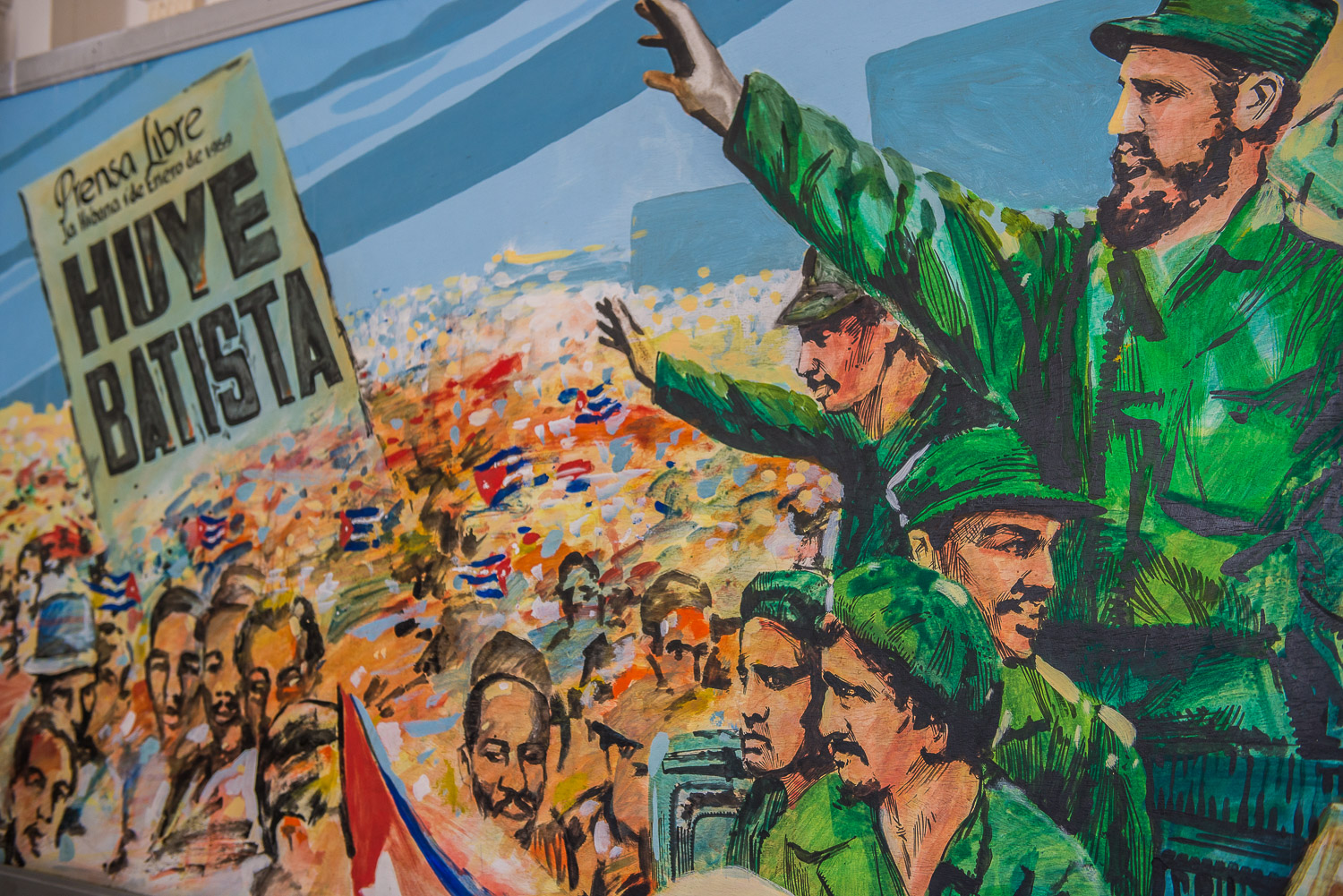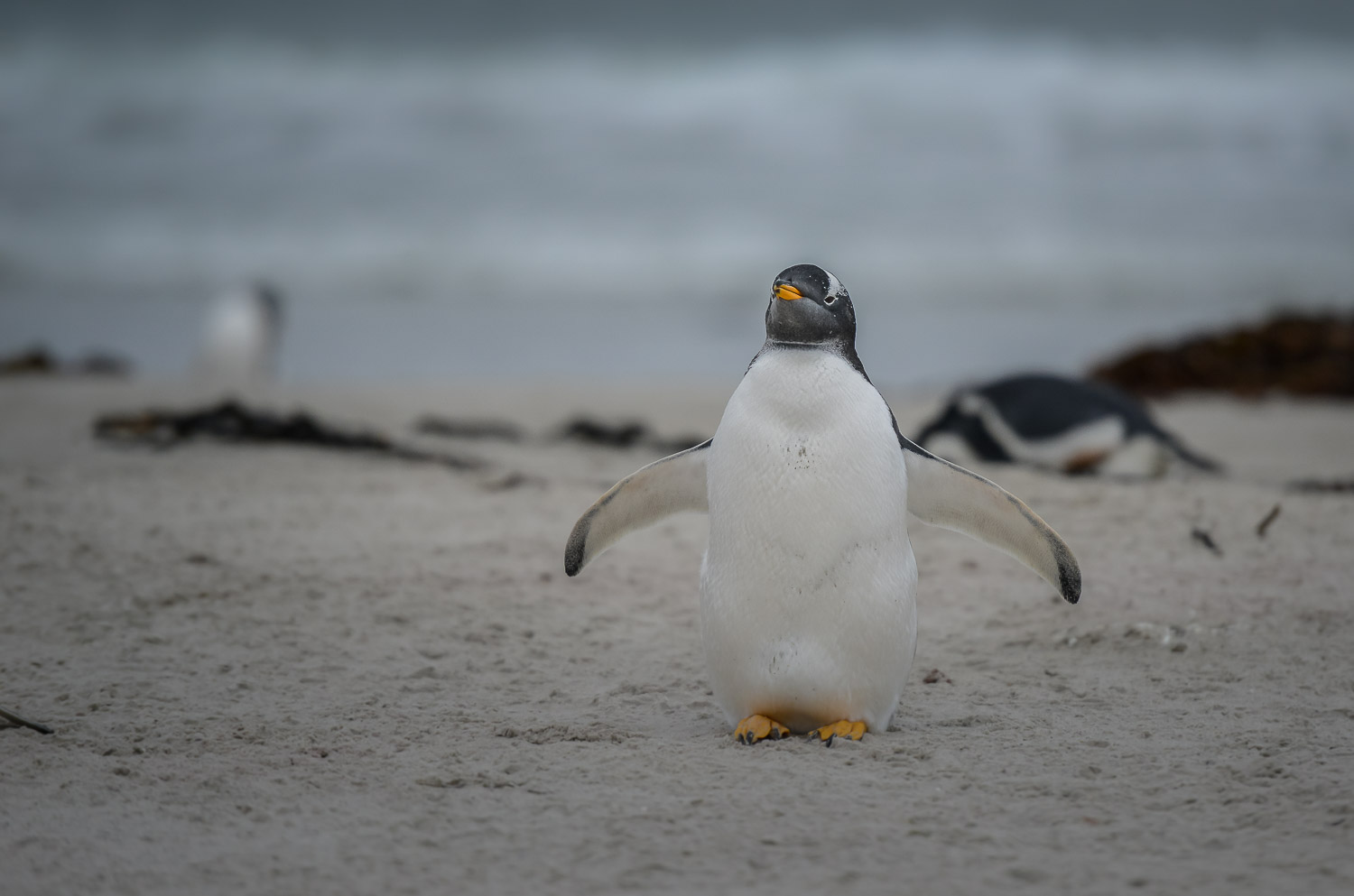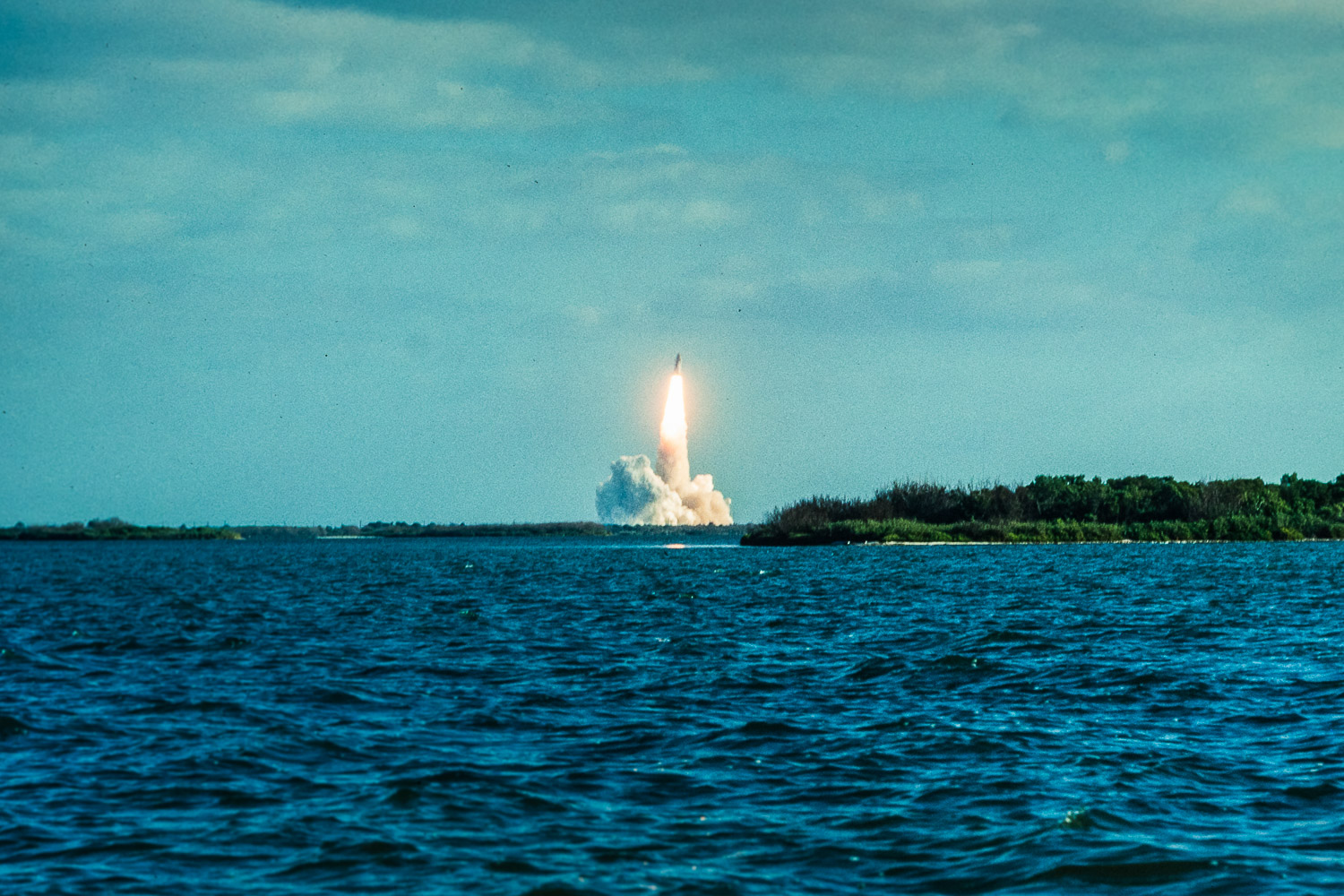
Uluru – 2016
From the air, we flew over miles and miles of red desert. And then out of nowhere, a massive sandstone monolith. We were looking down on Uluru, or Ayers Rock, stunned by the beauty of this vast freak of geology.
In this remarkable terracotta landscape of dunes and scrub, Ayers Rock suddenly appears like a rusted battleship from the desert floor.
It is a sacred place that has only really opened up for tourists over the past 20 years or so.
In fact, when we were in Australia back in 1981 the only way to get there – it is smack in the centre of Australia – was to drive through the unwelcoming desert or fly to Alice Springs and then face an all-day drive on treacherous dirt tracks.
Now it has its own airport and several top-class hotels with excursions to the rock, a UNESCO World Heritage Site, organized by locals.
We went straight out to see the sun setting on Ayers Rock for the iconic photographic shot. It was worth the effort as it went through a full spectrum of colours as the sun went down. We spent two days exploring the area, driving and hiking the six miles around the circumference of the Rock, stopping often to explore its nooks and crannies, unique rock caves and ancient paintings.


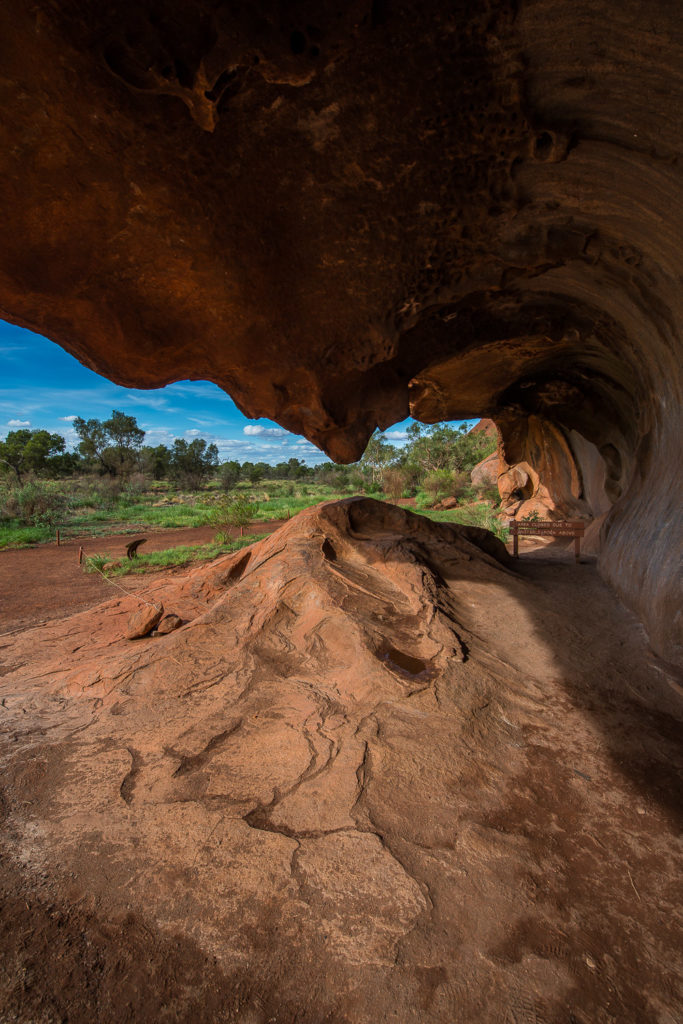
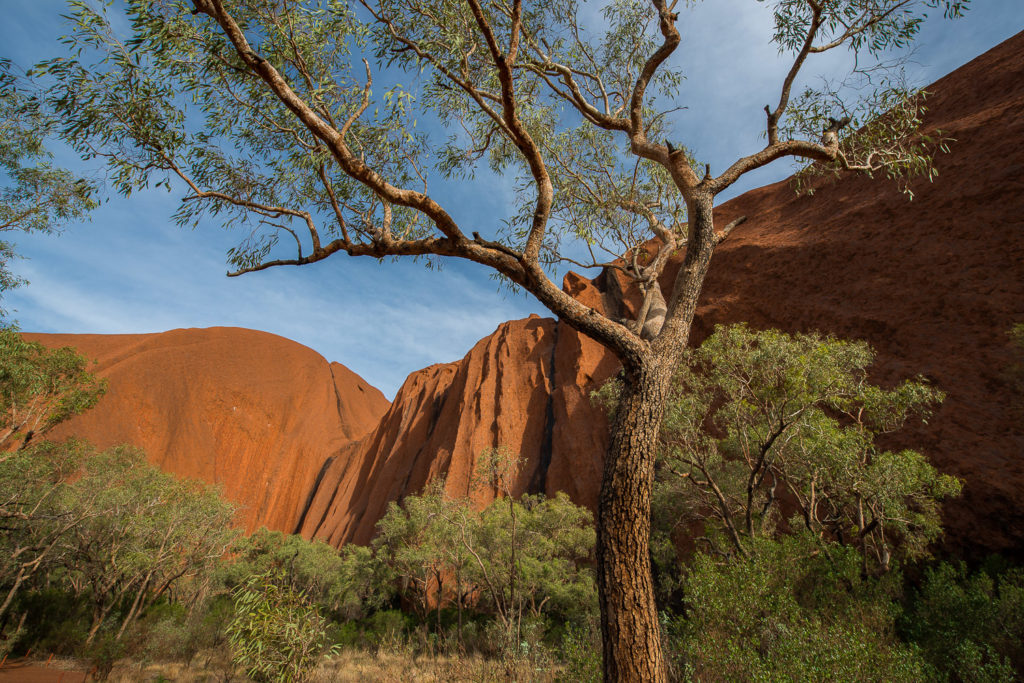
It used to be possible to climb the1,000 foot high monolith, but aboriginal people now ask that tourists don’t climb because of its deep spiritual significance.
There was also an early morning drive to another spectacular outcrop called Kat Tjuta, 20 miles away, where we walked through fissures and gullies in what is a chaotic cluster of brown rock domes. We ate a picnic breakfast as the sun came up, or at least tried to eat as we were swarmed by flies the entire time.

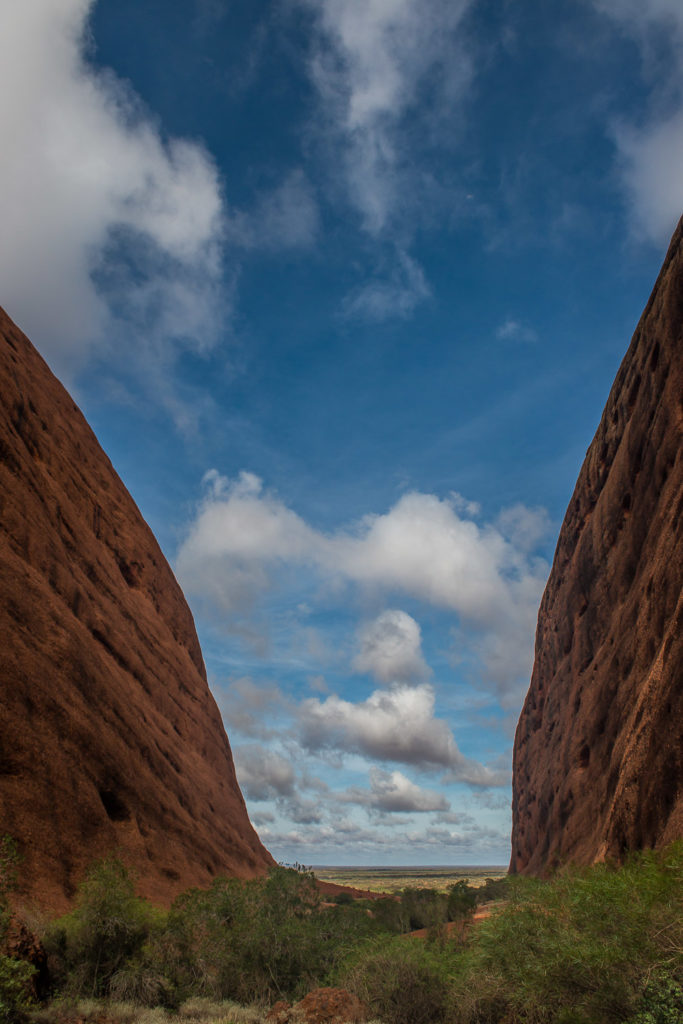
Our visit to Ayers Rock ended what had been a month-long trip through parts of Australia, the South pacific and a magnificent all encompassing cruise around New Zealand.
Because of a hip injury I was unable to drive long distances, so once again a cruise ship was able to become our taxi around first, the South Island, then the North island of New Zealand.
As we sailed across the Tasman sea, getting close to the iconic Milford Sound in Fiordland National Park, at the tip of the South Island, the weather was appalling. Driving rain, virtually no visibility in thick mist, and plunging temperatures increased my despair that we would not be able to see the Sound, where rainfall is measured in feet rather than inches.
But alarm clocks set for 5a.m. as we entered the Sound, I looked out the window and saw a watery sun rise and almost clear skies. Our luck had held again.
We gazed at magnificent temperate rainforests, clinging to steep sides of the 5,500 feet high mountains either side of the inlet, as water cascaded down massive waterfalls. We were on the decks for 12 hours that day observing what Rudyard Kipling called the Eighth Wonder of the World.
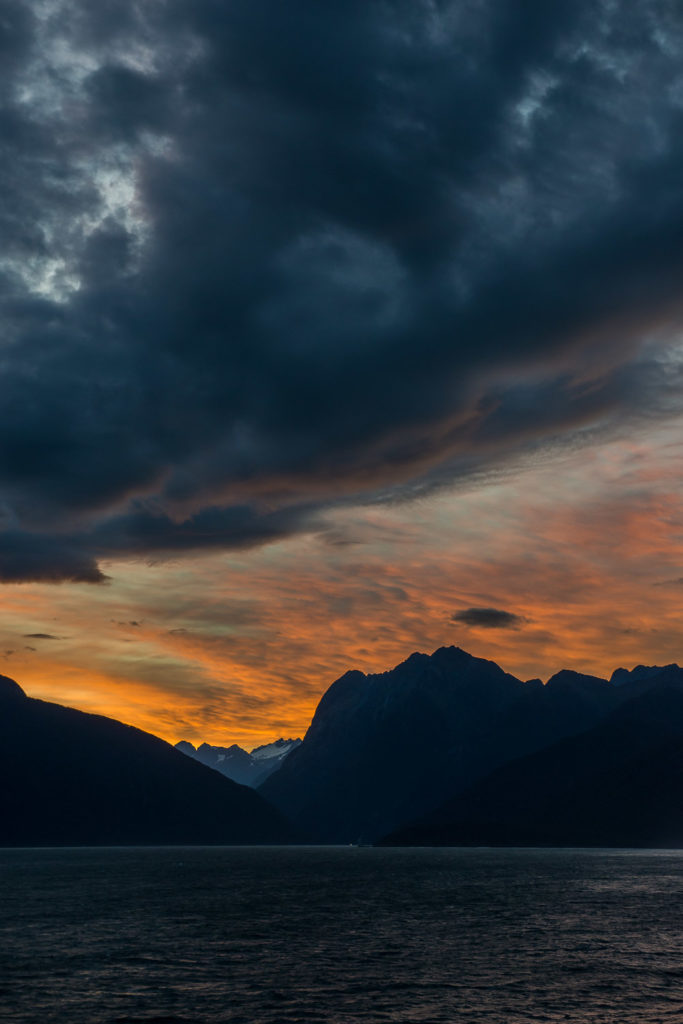
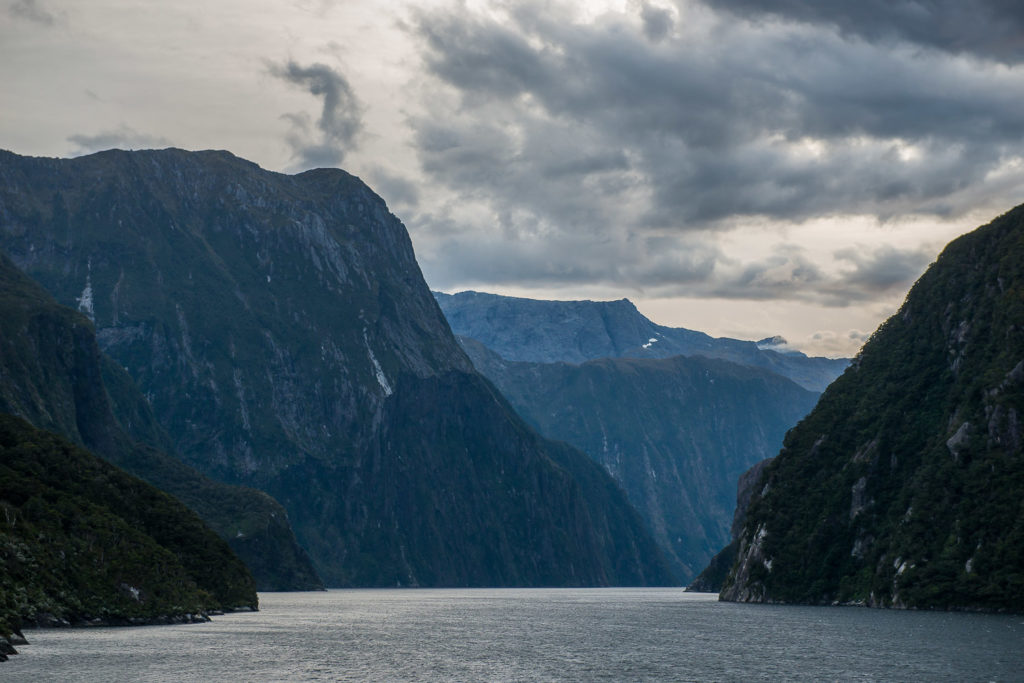
The landscape of Milford Sound and the nearby Doubtful Sound is glacial, characterized by U-shaped valleys and spectacular ledges gouged by shifting ice.
Afterwards we made our way up the East Coast of the South Island to the lovely town of Dunedin, where we spent most of one day watching albatross on the cliffs of the Otago Peninsula. This location is the only mainland breeding colony in the world and a wonderful, if not windy way to spend a day. Next, Christchurch, still recovering from a massive earthquake which destroyed the centre of town and most famously its beautiful old cathedral.

Marlborough wine country was a highlight (the sauvignon blancs are among the best in the world, in my opinion) and then into the vibrant capital city of Wellington.
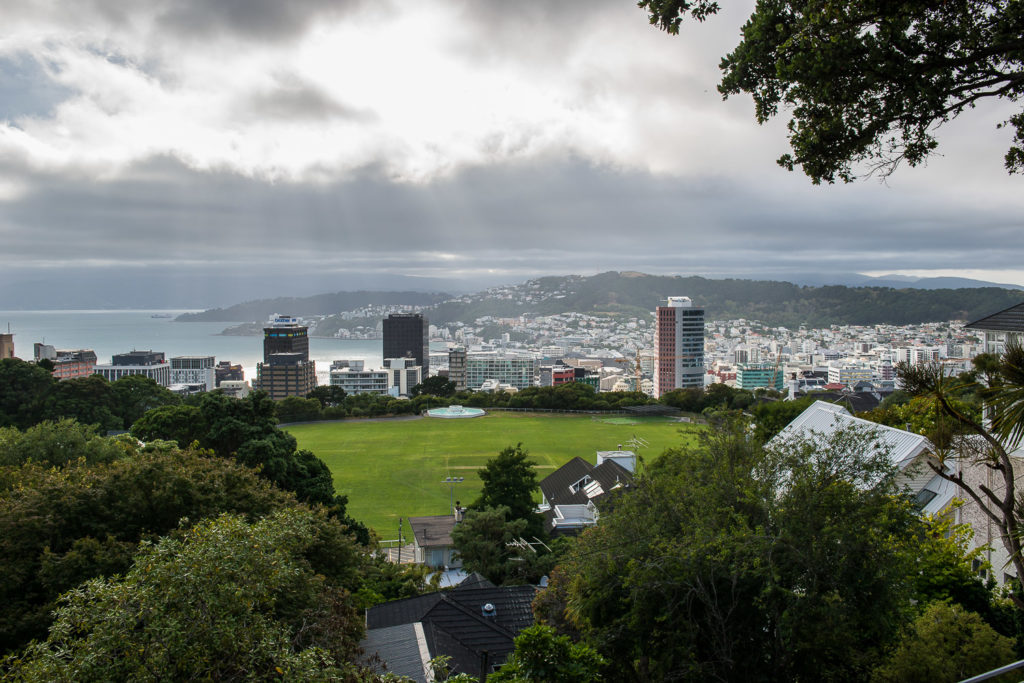
We had a couple of days in the city of Auckland with a skyline slightly reminiscent of Seattle, and then took one of those days using the public bus system to spend time on the lovely sandy beaches and amongst the wineries of Waiheke Island, just a ferry ride across the bay from Auckland.
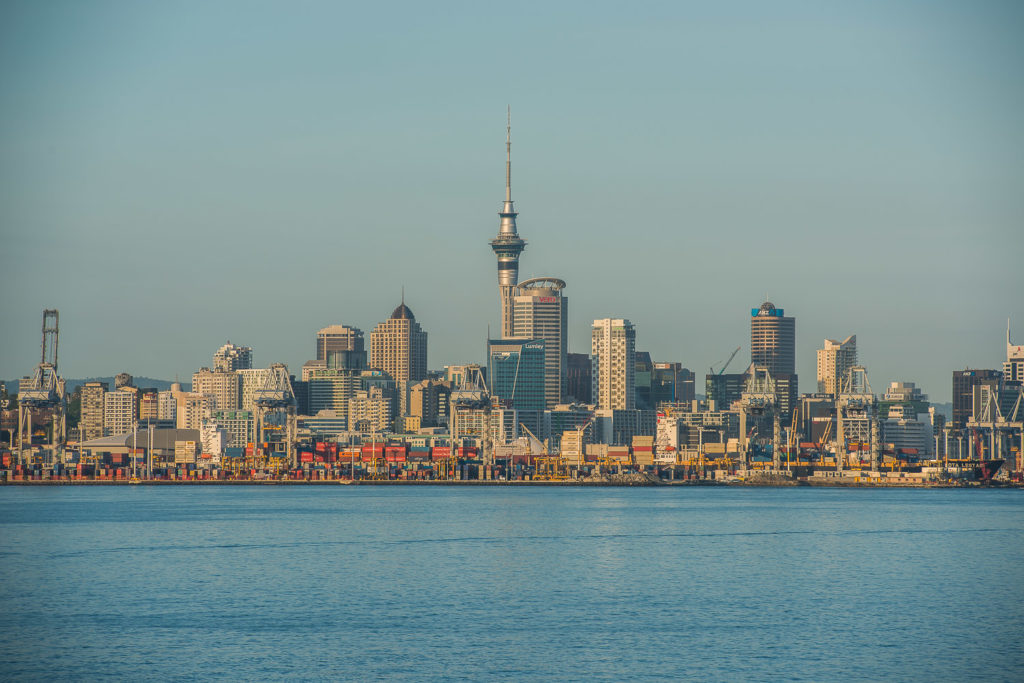
This whole picturesque area of New Zealand is where the Hobbit movies were filmed. We drove through the lush countryside made famous in those movies on our way to Rotorua – New Zealand’s version of Yellowstone with its amazing geothermal features.
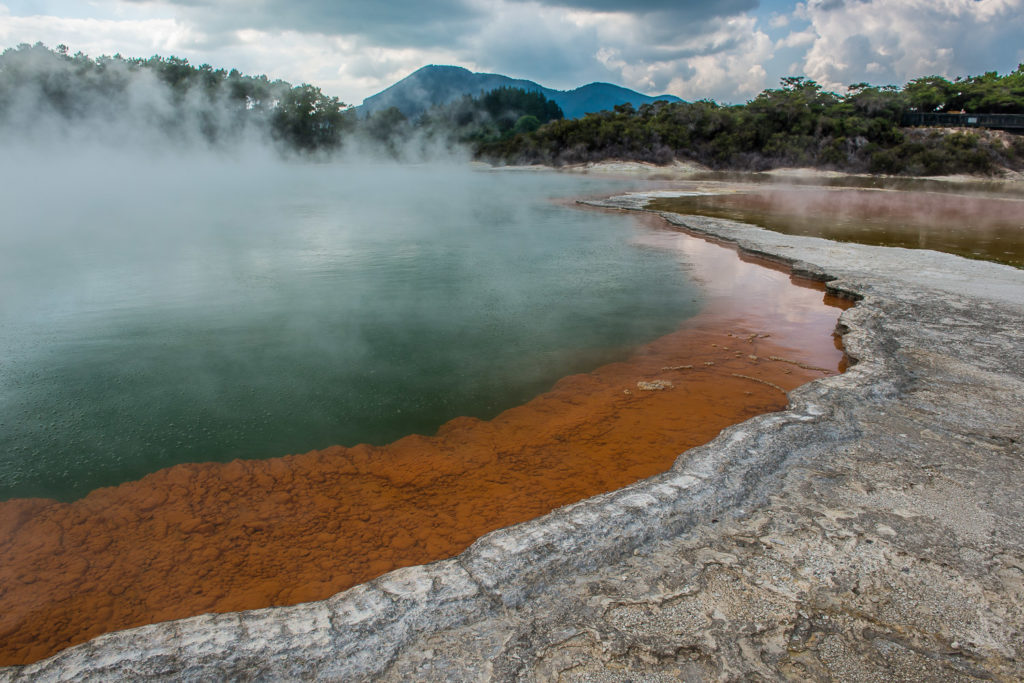
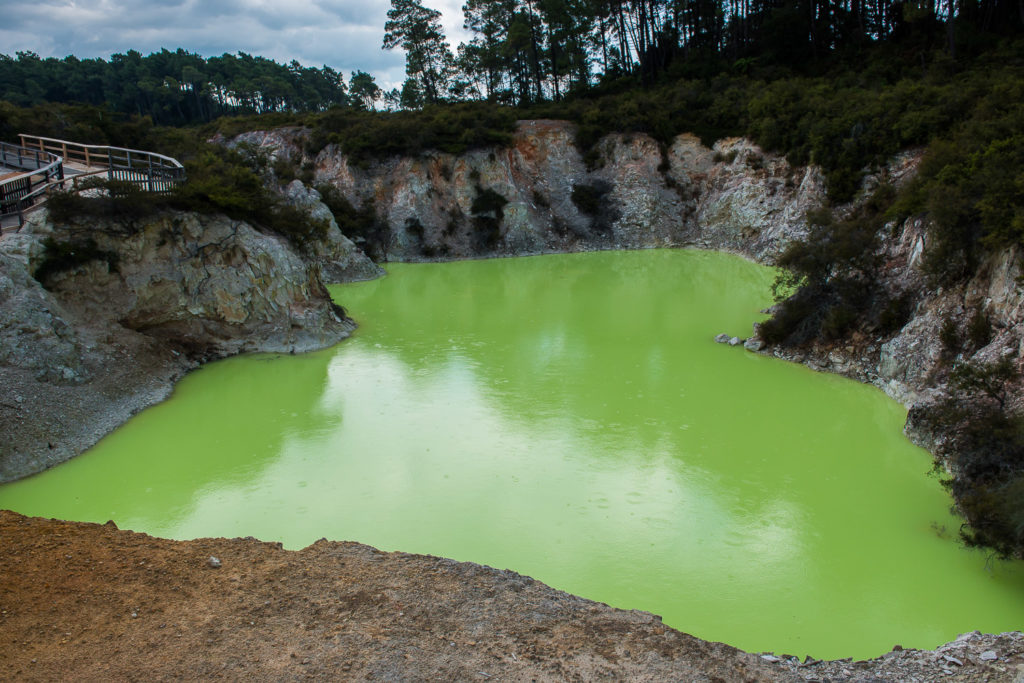
Finally the Bay of Islands, where the weather wasn’t good, but we managed to sail through rough seas on a small boat to see the famous Hole in the Rock on Piercy Island.

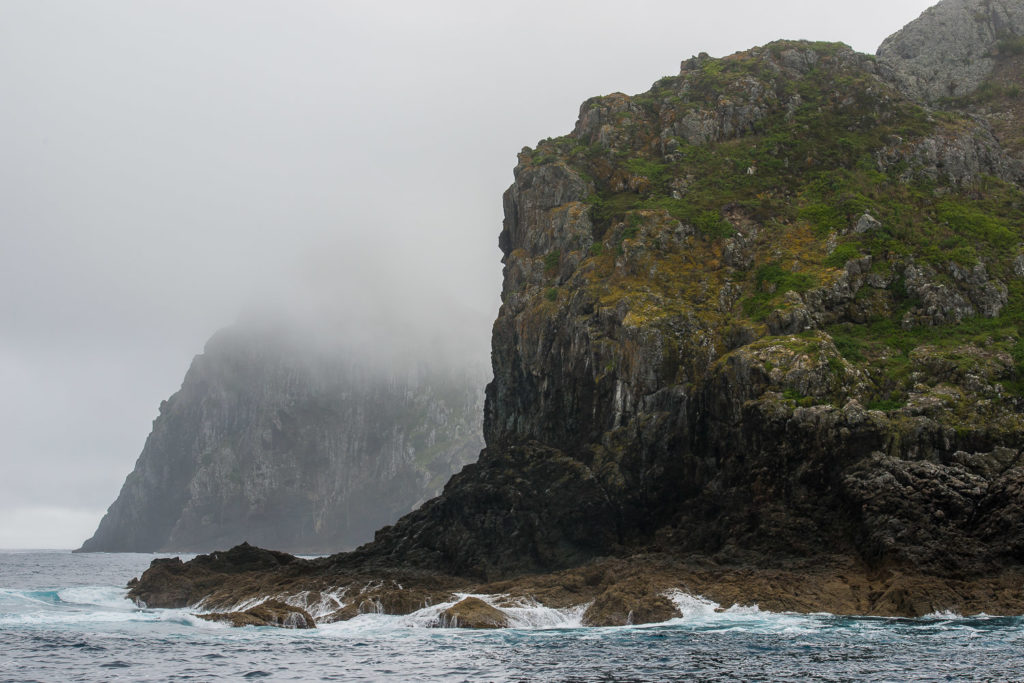
On this trip we also spent ten-days cruising the South Sea Islands – spending time on the pristine beaches of Fiji, Vanuatu and New Caledonia. It really is a slice of paradise – though we were lucky to see the islands as for the entire trip we dodged a vicious cyclone.
We used Sydney as our hub, as we had on previous trips to Australia.
In 1981 we had spent time with friends just outside Sydney, in Woy Woy, drove into the spectacular Blue Mountains for a day (known for dramatic scenery, steep cliffs and eucalyptus forests) and then all the way up the 600 mile coastal highway through the Gold Coast to Brisbane – a city I revisited in 1988 to report on Australia’s World Fair, just two years after Expo 86 in Vancouver.
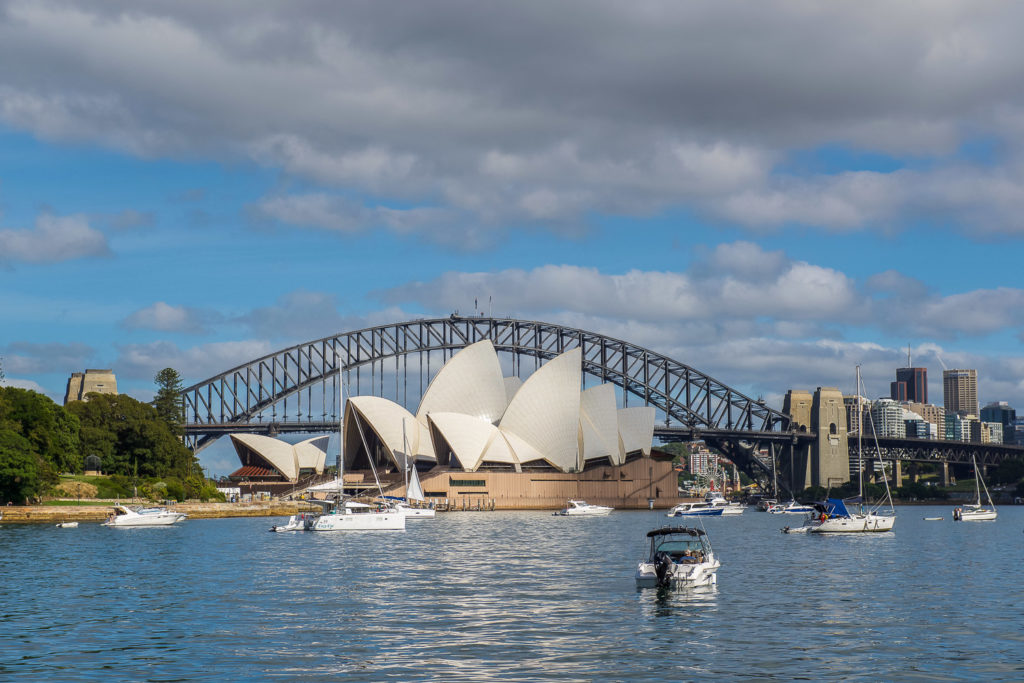
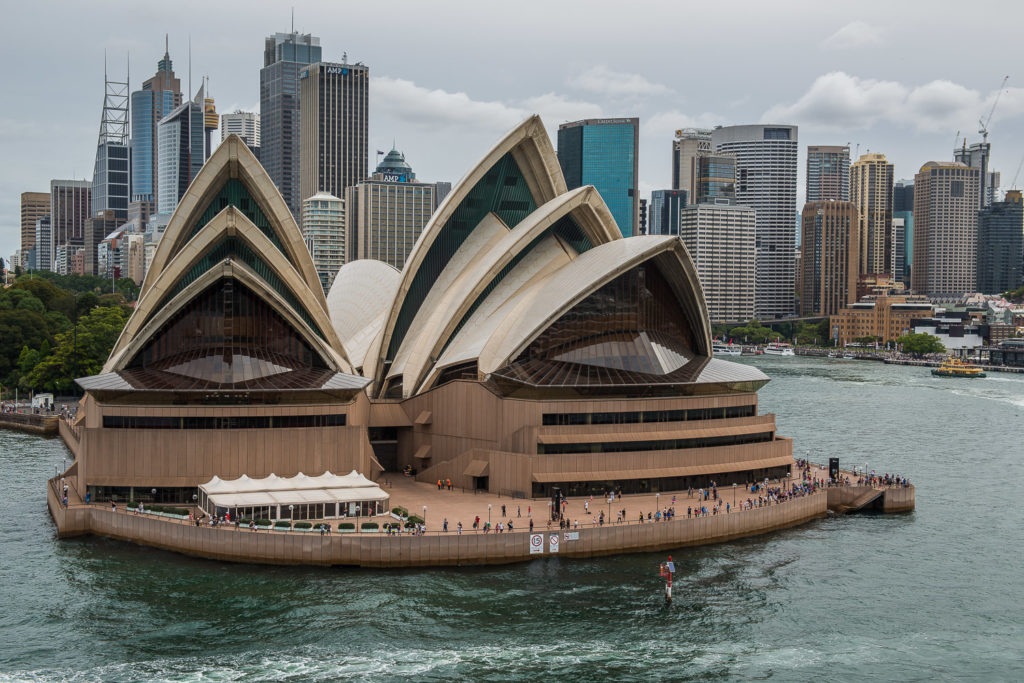
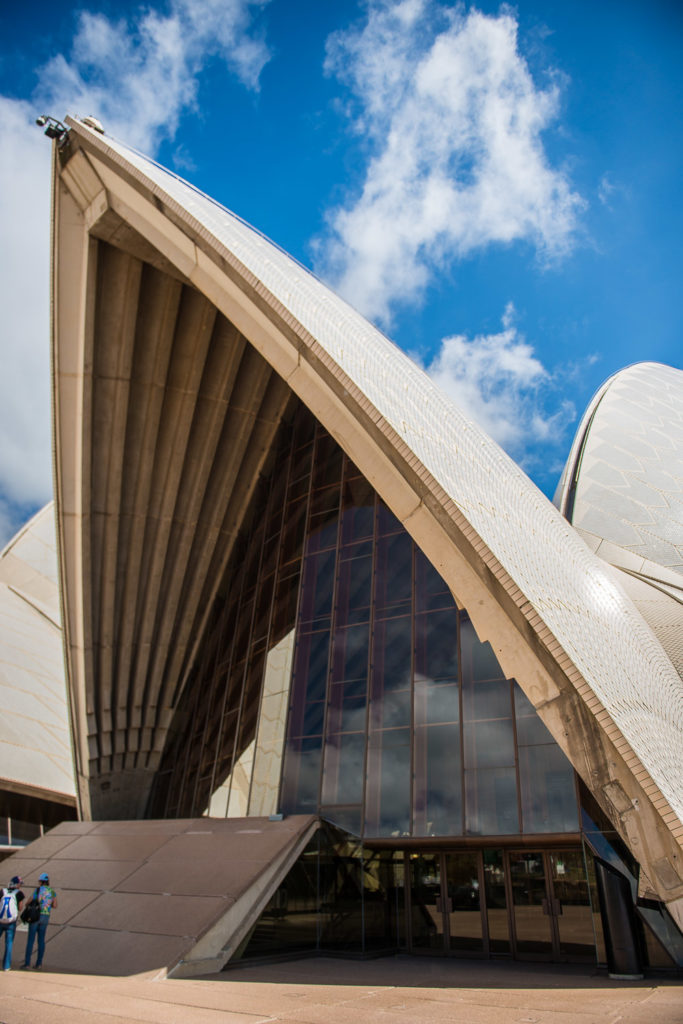
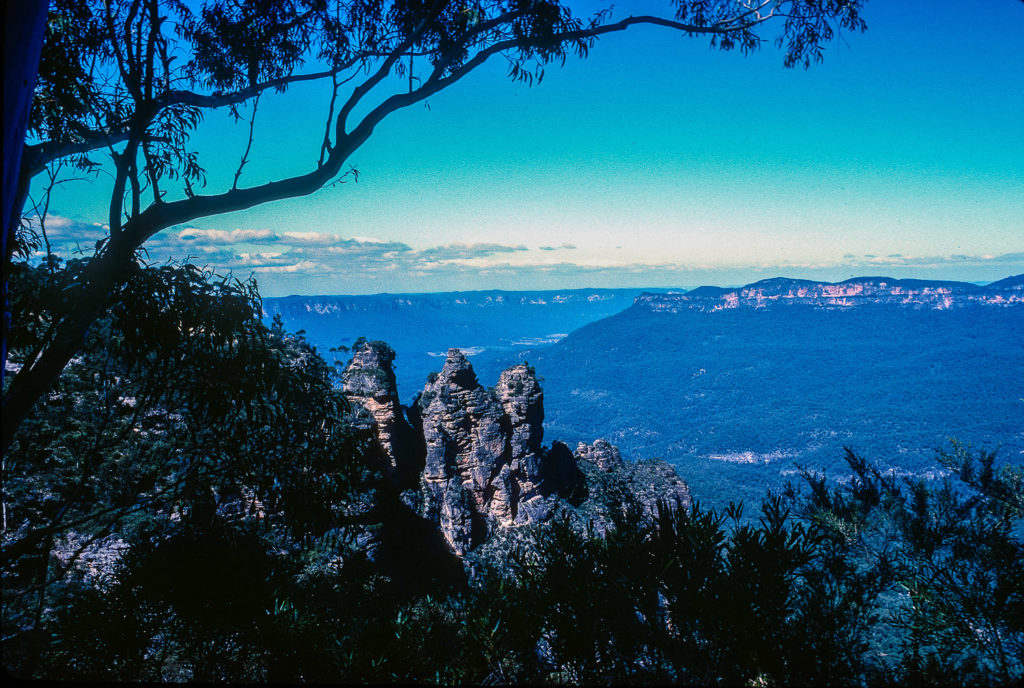
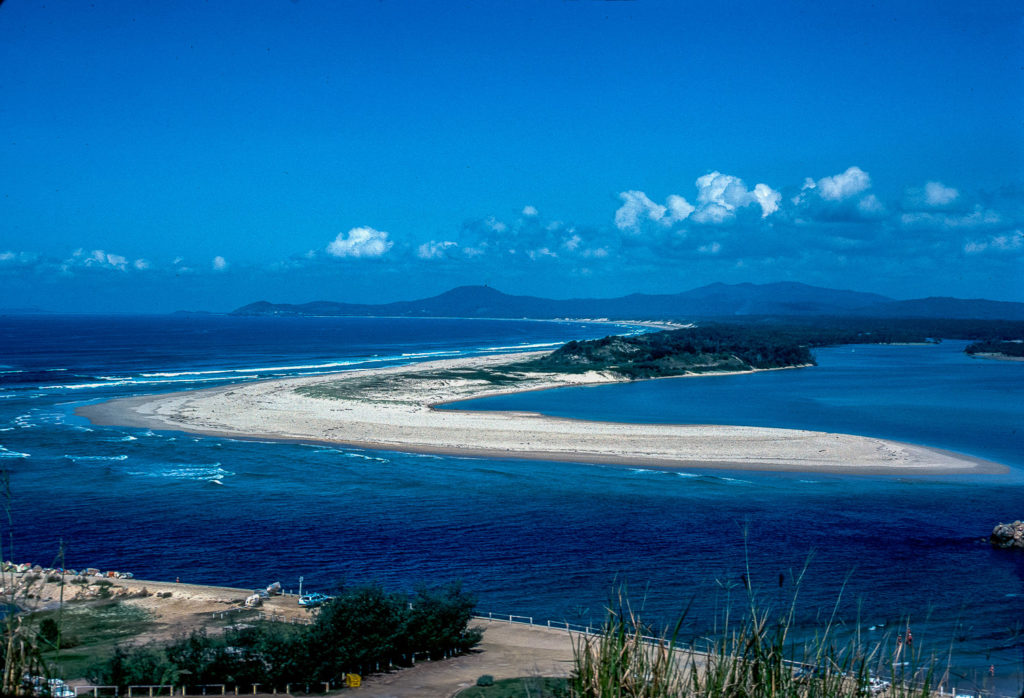
On our first trip there we spent a weekend on stunning Stradbroke Island, just north of Brisbane – with miles and miles of sandy beaches. It is actually the second largest sand island in the world and we remember it not just for the beaches but restaurants where you selected your raw steak and watched it cooked over the famed Aussie Barbie.
The Great Barrier Reef was still relatively healthy in those long ago days, and we drove up to the reef which stretches along 1,400 miles off the Queensland Coast. We flew to Queen Elliot Island on the southernmost coral cay. It has the highest seabird diversity of any island within the Great Barrier Reef and is a popular breeding ground for humpback whales.
But, sadly, like the rest of the Great Barrier Reef, today it is dying because of climate change. Scientists say it is now truly “terminal” after sequential, massive bleaching effects which happens when ocean temperatures rise beyond levels that coral can survive.
We are lucky, so lucky, to have seen it in its pomp.
